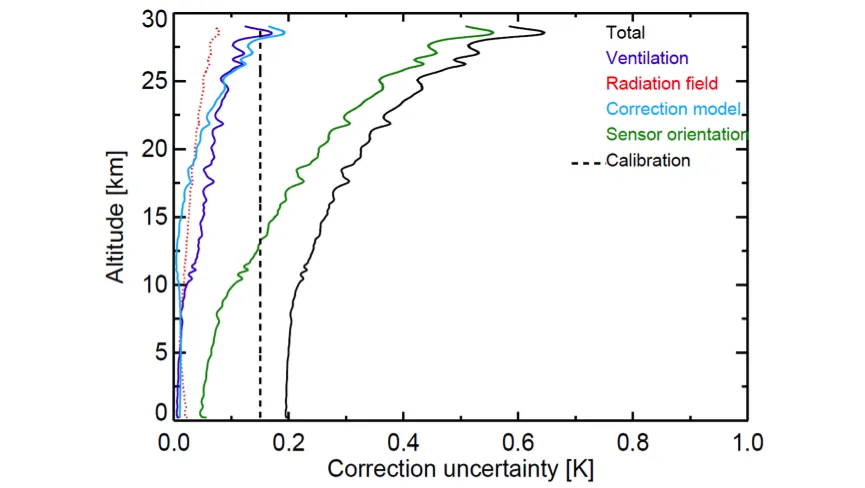G2.22 FTIR cell measurements carried out to characterize Instrument Line Shape have their own uncertainties
For the retrieval of information about the vertical distribution of target species from FTIR spectra, it is important to know the FTIR instrument line shape (ILS). Therefore, regular cell measurements are carried out to characterize the ILS of the FTIR spectrometers. However, these cell measurements have their own uncertainties since these are obtained using optimal estimation: an ILS retrieval comes along with an uncertainty and an averaging kernel. In particular the averaging kernel for an ILS retrieval is often not adequately considered (Hase, 2012).

